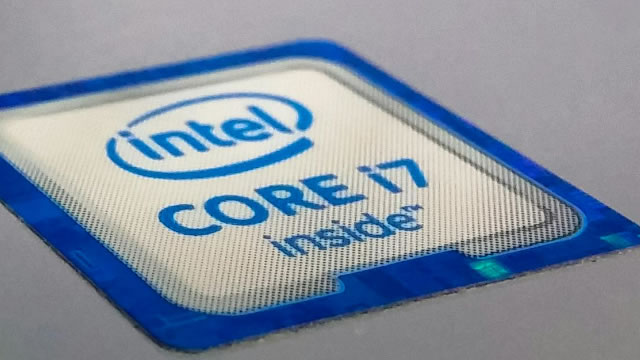Intel’s Financial Struggles: A Closer Look
Intel, the world’s largest semiconductor chip maker, has been facing significant financial challenges in recent years. The company’s revenues, margins, and asset efficiency have all been declining, raising concerns among investors and industry experts.
Declining Financial Performance
Intel’s financial performance in FY24 was dismal, with revenues down 33% from FY21, reaching $48.4 billion. The net income turned negative, resulting in a loss of $3.5 billion. This decline can be attributed to several factors, including intense competition from rivals like AMD and Samsung, manufacturing issues, and delays in the release of new products.
Restructuring Efforts
Despite these challenges, Intel has been making restructuring efforts to improve its financial situation. The company announced a plan to cut 11,000 jobs, or about 14% of its workforce, and sell its NAND memory business. Intel also plans to focus more on its foundry business, which provides manufacturing services to other companies, and less on its own product line.
Sum of the Parts: Potential Value for Shareholders
Despite Intel’s financial struggles, a closer look at the company’s three independent units – Intel Products, Intel Foundry, and Architecture Design – reveals significant potential value for shareholders. According to an analysis by Bernstein Research, the sum of these units could have a market cap of $393 billion.
Intel Products
Intel Products, which includes the company’s PC-centric business, is the largest of the three units. Despite the decline in revenues, Intel still holds a dominant position in the PC market, with a 42% market share. The unit also includes Intel’s data center business, which is growing rapidly due to the increasing demand for data processing.
Intel Foundry
Intel Foundry, the company’s foundry business, is a major source of revenue and could be a key growth driver for Intel. The foundry business provides manufacturing services to other companies, including Samsung and Google, and is expected to grow significantly in the coming years due to the increasing demand for semiconductor manufacturing services.
Architecture Design
Intel Architecture Design, which includes the company’s intellectual property and design services, is the smallest of the three units but could also be a significant source of revenue. Intel’s intellectual property, including its x86 microarchitecture, is used by many other companies, and the design services business could benefit from the increasing demand for custom chip designs.
Impact on Consumers
Intel’s financial struggles could have an impact on consumers in several ways. For example, the company’s declining financial performance could lead to higher prices for its products or lower quality. Additionally, Intel’s restructuring efforts, including the sale of its NAND memory business, could lead to fewer options for consumers in the market.
Impact on the World
Intel’s financial struggles could also have a significant impact on the world, particularly in the technology industry. Intel is a major supplier of semiconductor chips, and its decline could lead to supply chain disruptions and higher prices for consumers. Additionally, Intel’s restructuring efforts could lead to job losses and economic instability in the areas where the company operates.
Conclusion
Intel’s financial challenges are a cause for concern, but a closer look at the company’s three independent units reveals significant potential value for shareholders. Despite the decline in revenues and net income, Intel’s dominant position in the PC market, growing foundry business, and valuable intellectual property could position the company for long-term success. However, the company’s restructuring efforts, including job cuts and the sale of its NAND memory business, could have negative impacts on consumers and the global economy.
- Intel’s financial performance has been declining, with revenues down 33% in FY24 and net income turning negative.
- The company is making restructuring efforts, including cutting jobs and selling its NAND memory business.
- A closer look at Intel’s three independent units shows significant potential value for shareholders, with a total market cap of $393 billion.
- Intel’s financial struggles could have negative impacts on consumers, including higher prices and fewer options.
- The company’s restructuring efforts could also have negative impacts on the global economy, including job losses and supply chain disruptions.





